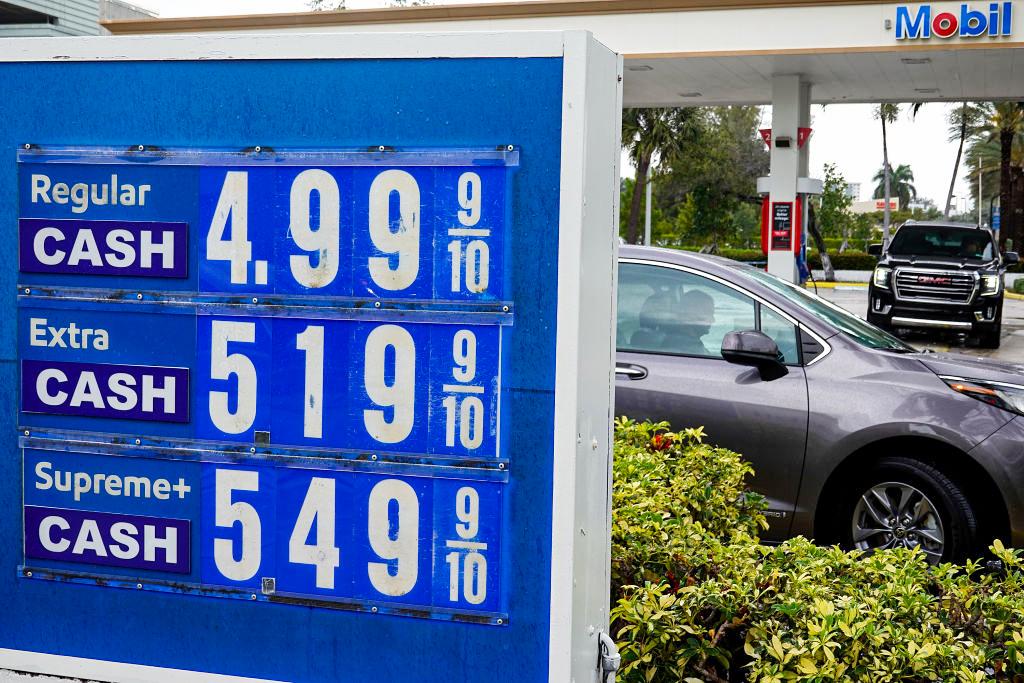Many areas are reporting marginally lower gas prices or flat gas prices over the weekend, following a stratospheric rise in fuel costs resulting from long-developing trends in the oil industry and the impacts of the Russo-Ukrainian war on the global fuel supply.
Meanwhile, the Philadelphia Enquirer reported that gas was down one cent per gallon in southeastern Pennsylvania and as much as four cents per gallon in southern New Jersey, indicating that the rising cost of gas has levelled off for the time being in the region.





